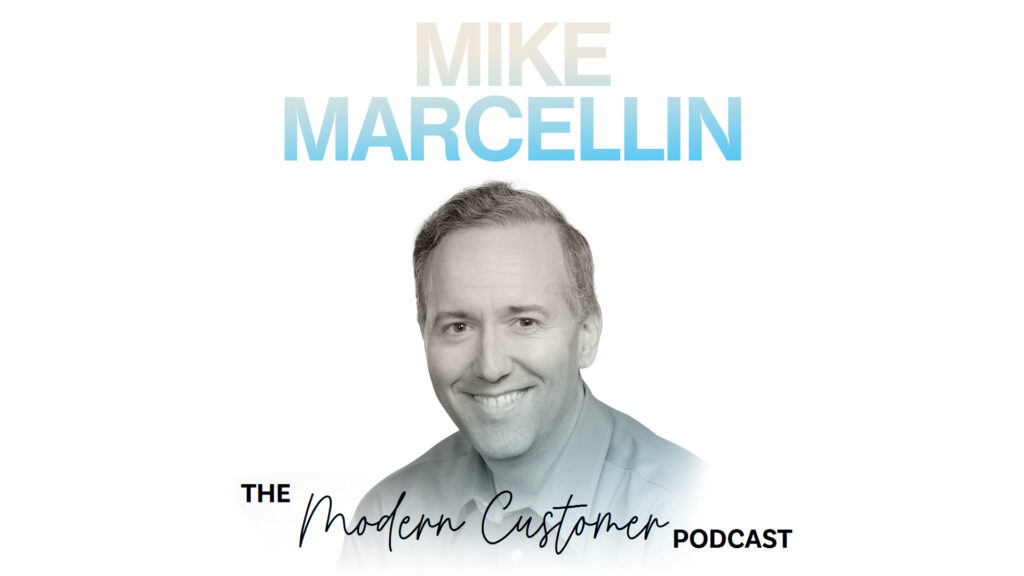The B2B buyer journey is changing, and companies that can match changing demands with technology, personalization and flexibility will succeed.
Plenty of research shows that B2B buyers get 50%-60% down the buying journey before they engage with a salesperson. But Mike Marcellin, Chief Marketing Officer at Juniper Networks, says that the buying journey isn’t linear. Buyers don’t connect with a company as soon as they hit a certain point in the journey.
You can watch the video of our full discussion below. For more content like this, please subscribe to my Youtube channel.
Throughout the buying process, buyers get information online and from peers, analysts and other sources. Companies can no longer control the buyer journey. Instead, they need to be ready to engage with the right information through the right channels when the buyer is ready. A customer might reach out early for preliminary research or wait until they are ready to purchase to connect with the brand.
For Juniper, the new approach looks like transforming the online experience to provide buyers with a variety of content types, such as video or thought leadership sheets depending on where they are in the journey.
The new buyer journey doesn’t happen exclusively online or in person, but as buyers move back and forth between researching and communicating online and talking with salespeople offline. A seamless journey requires knowing the whole picture of the customer’s experience to keep them moving forward instead of being repetitive or irrelevant as they transition between channels.
Marcellin says the journey has to be flexible with how customers want to engage with the company at any moment. He says the blended buyer journey relies on two key elements:
- Data. Companies today have access to incredible amounts of data, but that data is worthless if you can’t harness it. A blended buyer journey requires getting grounded in data to truly understand buyers and their changing needs.
- MarTech. The tech stack a company uses can make or break the buyer journey. Companies must find the tools that work to get a full view of their customers, especially as buyers change direction and move between channels.
Transforming the B2B buyer journey to create a blended approach means giving up control and letting customers guide their experience. But to be successful, B2B companies must understand their customers deeply and provide the right resources so buyers have options and can connect with the brand seamlessly at any time for a personalized experience.
The changing B2B buyer journey creates amazing opportunities for companies to connect with buyers like never before. But to be ready, companies must invest in the resources and mindset to put customers first.
_________________
Blake Morgan is a customer experience futurist and the bestselling author of The Customer of the Future. For regular updates on customer experience, sign up for her weekly newsletter here.

